Simple method to ensure confidentiality in laboratories for ISO/IEC 17025
Last Updated on October 13, 2025 by Hafsa J.
Simple Method to Ensure Confidentiality in Laboratories for ISO/IEC 17025
When we think about laboratory quality, we often focus on equipment, results, or traceability. But there’s another important piece that doesn’t always get the attention it deserves—confidentiality. In fact, confidentiality in ISO/IEC 17025 is a core requirement, and for good reason. Laboratories handle sensitive client information every day, from test results to proprietary processes, and protecting that information isn’t optional—it’s mandatory.
Clause 4.2 of the standard makes it clear that labs must protect all confidential information obtained during their work. In this article, we’ll break down confidentiality in ISO/IEC 17025 into simple, practical steps so your lab can meet this requirement with confidence. You’ll learn:
-
What kinds of information are considered confidential
-
How to build a basic confidentiality procedure
-
How to control access and respond to breaches
-
Why proper documentation and communication matter
So if you’re wondering how to handle confidentiality in ISO/IEC 17025 without overcomplicating things, you’re in the right place. Let’s dive in.
Understanding Clause 4.2 – Confidentiality in ISO/IEC 17025
Let’s start by looking at what ISO/IEC 17025 actually says about confidentiality. Clause 4.2 might be short, but it carries a lot of weight. It basically tells laboratories, “If you receive information from a client—anything from data, results, processes, or technical specifications—you need to protect it.”
That’s the heart of confidentiality in ISO/IEC 17025. It means your lab must handle sensitive information carefully, make sure it’s only seen by authorized personnel, and never use it for any purpose outside the agreed scope of work.
Here’s how the standard breaks it down:
-
Confidential information must be protected by default—not just when a client asks for it.
-
If your lab needs to disclose information for legal or regulatory reasons, you must inform the client in advance, unless legally prohibited.
-
Everyone involved in lab activities, from technical staff to support personnel, must understand and commit to maintaining confidentiality.
So why is confidentiality in ISO/IEC 17025 so important? Because clients trust your lab with information that may be proprietary, competitive, or even legally sensitive. Mishandling that information can damage reputations, breach contracts, and jeopardize your accreditation.
In short, confidentiality isn’t just a good business practice—it’s a requirement. And the good news is, with a few simple steps, you can meet the expectations of Clause 4.2 without needing an overly complex system.
In the next section, we’ll walk through how to create a basic, reliable confidentiality procedure that works for any lab—whether you’re testing materials, calibrating instruments, or analyzing samples.
Building a Simple Confidentiality Procedure for Laboratories
You don’t need a complicated system to manage confidentiality in ISO/IEC 17025—you just need a clear, consistent procedure that everyone in your lab understands and follows. Think of it like creating a safety net that ensures confidential information is handled with care from the moment it enters your lab to the moment it’s stored or shared (with permission, of course).
Here’s how to build a simple, effective confidentiality procedure that aligns with the confidentiality in ISO/IEC 17025 requirements:
1. Identify What Needs to Be Protected
Start by making a list of the types of information your lab handles that should remain confidential. This might include:
-
Client names and project details
-
Test or calibration results
-
Methods or specifications provided by the client
-
Technical reports, emails, or other records related to lab work
Once you know what needs protection, you can create a system that keeps that information secure.
2. Limit Access Based on Roles
Not everyone in your lab needs access to everything. Assign access based on who needs to see the information to do their job. This not only helps meet the expectations around confidentiality in ISO/IEC 17025, but also reduces the chances of accidental disclosure.
Create a simple access matrix or document that shows who is authorized to view, edit, or share different types of information.
3. Use a Confidentiality Statement or Agreement
It’s a good idea to have every staff member sign a confidentiality agreement—whether they’re full-time, part-time, or temporary. This shows that everyone understands the importance of confidentiality in ISO/IEC 17025 and agrees to uphold it.
Include confidentiality expectations in onboarding, training, and even refresher sessions throughout the year to keep it top of mind.
4. Document Your Procedure Clearly
Your confidentiality procedure doesn’t need to be long, but it should be clear. Include:
-
What information is considered confidential
-
Who has access
-
How information is stored and shared
-
What to do in case of a breach or legal disclosure
This written procedure can be part of your quality manual or a standalone SOP, as long as it’s easy to follow and actually used in practice.
By keeping it simple and focused, you’ll find that confidentiality in ISO/IEC 17025 becomes just another smooth part of your daily lab routine. Up next, we’ll look at practical tools and documentation tips to make sure your controls stay strong and effective.
Practical Controls and Documentation Tips
Now that you’ve got a basic confidentiality procedure in place, let’s talk about the practical steps that help you maintain it day-to-day. The truth is, maintaining confidentiality in ISO/IEC 17025 doesn’t have to be complicated—you just need a few smart habits and simple tools to stay on track.
1. Train Staff and Use Signed Agreements
One of the easiest ways to protect confidential information is to make sure everyone in the lab understands what confidentiality means. During onboarding—and at least once a year—take time to review your confidentiality policy with your team. Keep the message clear and relatable: what happens in the lab, stays in the lab.
Have each employee sign a confidentiality agreement and keep it in their personnel file. It reinforces the importance of confidentiality in ISO/IEC 17025 and shows auditors that your lab takes this requirement seriously.
2. Use Controlled Access for Digital Files
Most labs store a lot of data digitally, which means controlling access is key. Use passwords, role-based permissions, or secure folders to make sure only authorized people can view or edit sensitive files.
If you’re using a lab information management system (LIMS), check that access levels are set up correctly. If you’re working with spreadsheets or shared drives, limit editing rights and protect files with simple passwords. These small actions go a long way in supporting confidentiality in ISO/IEC 17025.
3. Protect Physical Records and Workspaces
Not everything is digital. If your lab uses paper reports, handwritten notes, or printed procedures, be sure those documents are stored securely. Use locked cabinets or restricted-access rooms to protect physical information from accidental exposure.
Post subtle reminders in shared spaces—for example, signs that say “Do Not Leave Reports Unattended” or “Clear Desks of Client Data at End of Day.” These gentle nudges help reinforce the value of confidentiality in ISO/IEC 17025 without feeling overbearing.
4. Keep a Record of Information Handling
Whenever confidential data is shared—whether internally or with a client—log it. This could be as simple as a spreadsheet or a section in your project file. Documenting who accessed or sent information and when adds an extra layer of accountability and traceability.
This kind of record-keeping strengthens your control and shows that your lab is actively managing confidentiality in ISO/IEC 17025, not just writing about it in a procedure.
By applying these simple controls and good habits, you make confidentiality second nature in your lab. And when it comes to audits or client trust, that quiet consistency will speak volumes. Next, we’ll explore how to handle rare cases where disclosures are necessary—and what to do if a breach ever happens.
Dealing with Confidentiality Breaches or Legal Exceptions
Let’s face it—even with the best procedures in place, things can go wrong. Maybe someone emails a report to the wrong client, or maybe a government agency requests access to data. When that happens, it’s important to know how to respond—because part of managing confidentiality in ISO/IEC 17025 is being prepared for the unexpected.
1. Legal Exceptions: When Disclosure Is Allowed
ISO/IEC 17025 understands that there are rare situations where labs are legally required to share confidential information. For example, if a court order, regulatory inspection, or law mandates disclosure, you’re allowed to release the necessary data.
But here’s the catch—confidentiality in ISO/IEC 17025 still applies. That means you must:
-
Inform the client before disclosure, unless a law specifically prevents you from doing so
-
Document what was disclosed, why, and who requested it
-
Limit the disclosure to only what’s required—no extra information
Being transparent and organized during these situations keeps your lab compliant without damaging client trust.
2. How to Handle a Confidentiality Breach
No one likes to think about it, but breaches do happen. The good news is that the standard doesn’t expect perfection—it expects responsibility. If a breach of confidentiality occurs, ISO/IEC 17025 expects you to take quick, documented action.
Here’s a simple way to respond:
-
Report it internally as soon as it’s discovered
-
Notify the client with honesty and respect
-
Investigate the root cause—Was it a miscommunication? A system error? A lapse in training?
-
Document everything—what happened, how it was handled, and what actions were taken
-
Update your procedure or training to prevent it from happening again
By managing breaches with care, you show that your lab takes confidentiality in ISO/IEC 17025 seriously—not just in theory, but in practice.
3. Treat Every Situation as a Learning Opportunity
Each incident—even the ones you hope never happen—can be a valuable learning experience. ISO/IEC 17025 emphasizes continual improvement, and confidentiality is no exception. Use these moments to strengthen your systems and raise awareness among your team.
The key takeaway? Confidentiality in ISO/IEC 17025 isn’t just about protecting information—it’s about how your lab responds, adapts, and grows. And that’s something clients and auditors notice.
Next, let’s wrap things up with a few final thoughts on why confidentiality is such a vital part of your lab’s credibility and compliance journey.
Final Thoughts on Confidentiality in ISO/IEC 17025
By now, it’s clear that confidentiality in ISO/IEC 17025 isn’t just a checkbox—it’s a key part of running a professional, trusted, and compliant laboratory. Whether you’re handling sensitive client data, proprietary testing methods, or internal technical records, the way you protect that information says a lot about your lab’s integrity.
The good news is that maintaining confidentiality in ISO/IEC 17025 doesn’t have to be complicated. With a simple procedure, some basic controls, and clear communication with your team, you can create a culture where confidentiality is second nature. And when your staff knows what to protect and how to handle it, your clients will feel more confident in your services—and so will your auditors.
Let’s recap the essentials:
-
Identify what information needs to stay confidential and document it clearly
-
Control who has access, both digitally and physically
-
Train your team, use signed agreements, and review the topic regularly
-
Be ready to handle exceptions and breaches in a transparent, documented way
At the end of the day, confidentiality in ISO/IEC 17025 is about trust. Your clients trust you with sensitive data, and ISO/IEC 17025 gives you the framework to protect it—without stress, confusion, or guesswork. When confidentiality is well-managed, everyone wins.
I hold a Master’s degree in Quality Management, and I’ve built my career specializing in the ISO/IEC 17000 series standards, including ISO/IEC 17025, ISO 15189, ISO/IEC 17020, and ISO/IEC 17065. My background includes hands-on experience in accreditation preparation, documentation development, and internal auditing for laboratories and certification bodies. I’ve worked closely with teams in testing, calibration, inspection, and medical laboratories, helping them achieve and maintain compliance with international accreditation requirements. I’ve also received professional training in internal audits for ISO/IEC 17025 and ISO 15189, with practical involvement in managing nonconformities, improving quality systems, and aligning operations with standard requirements. At QSE Academy, I contribute technical content that turns complex accreditation standards into practical, step-by-step guidance for labs and assessors around the world. I’m passionate about supporting quality-driven organizations and making the path to accreditation clear, structured, and achievable.
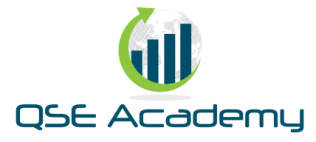
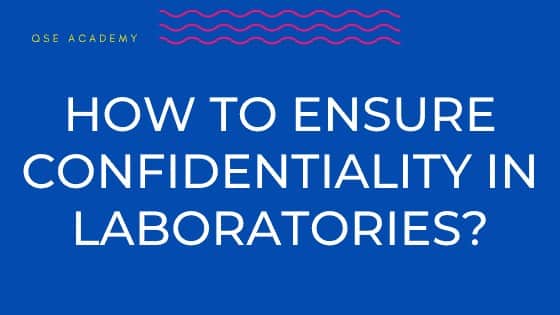
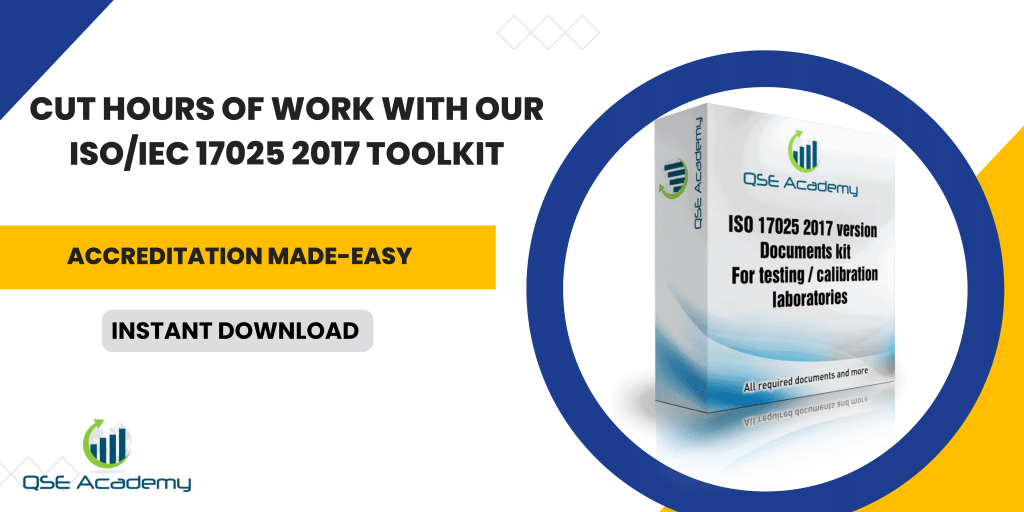
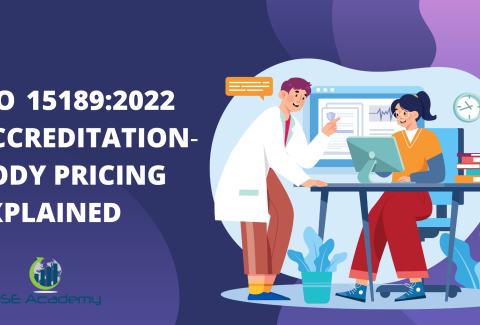
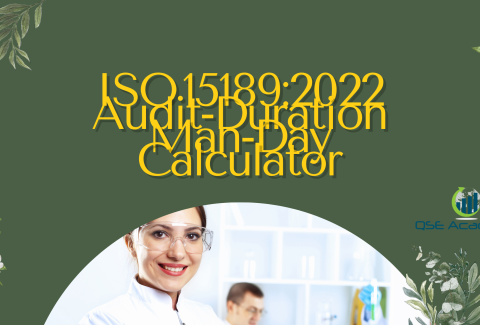
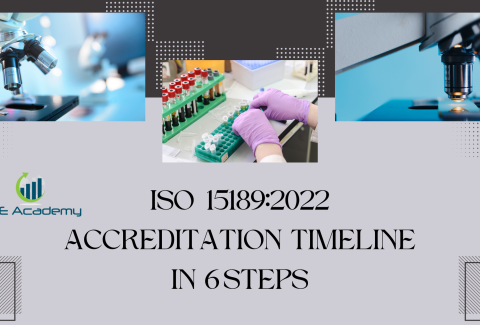
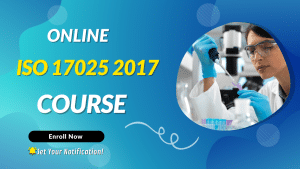
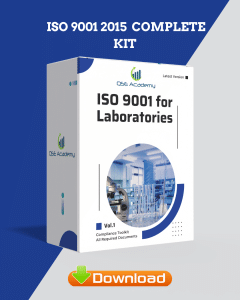
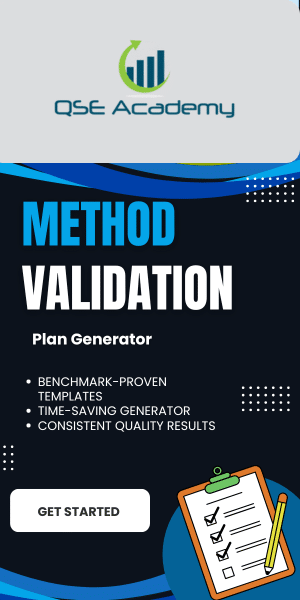


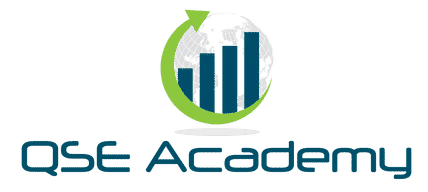
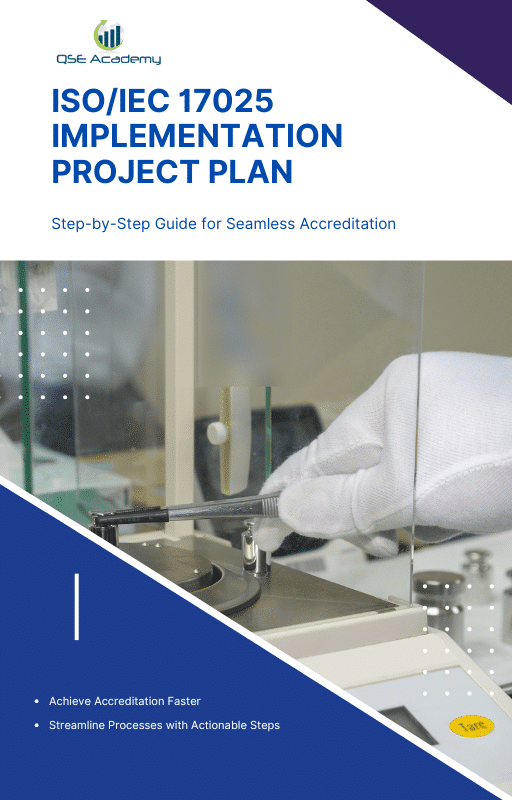
Comment (1)
keberku
it is good